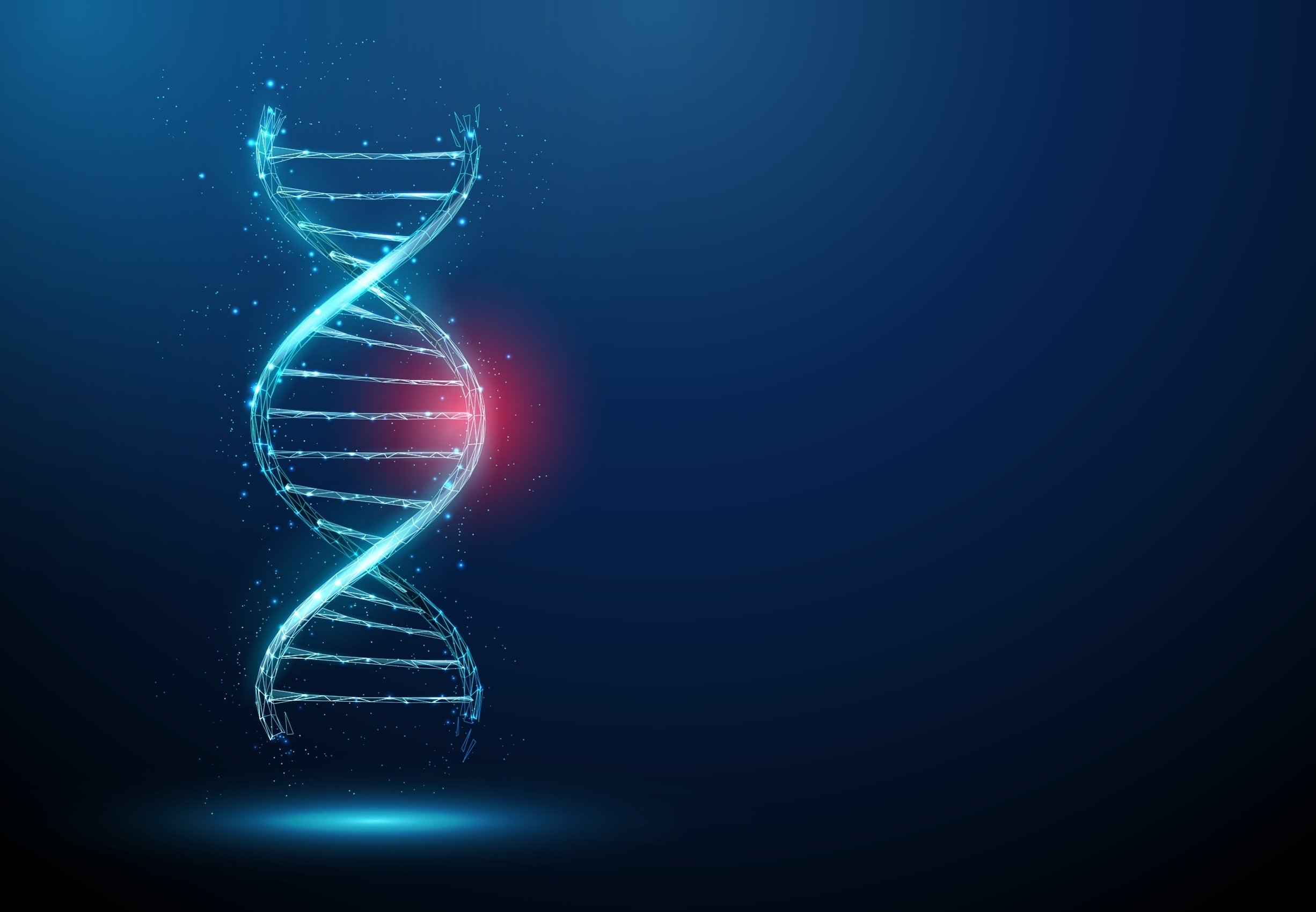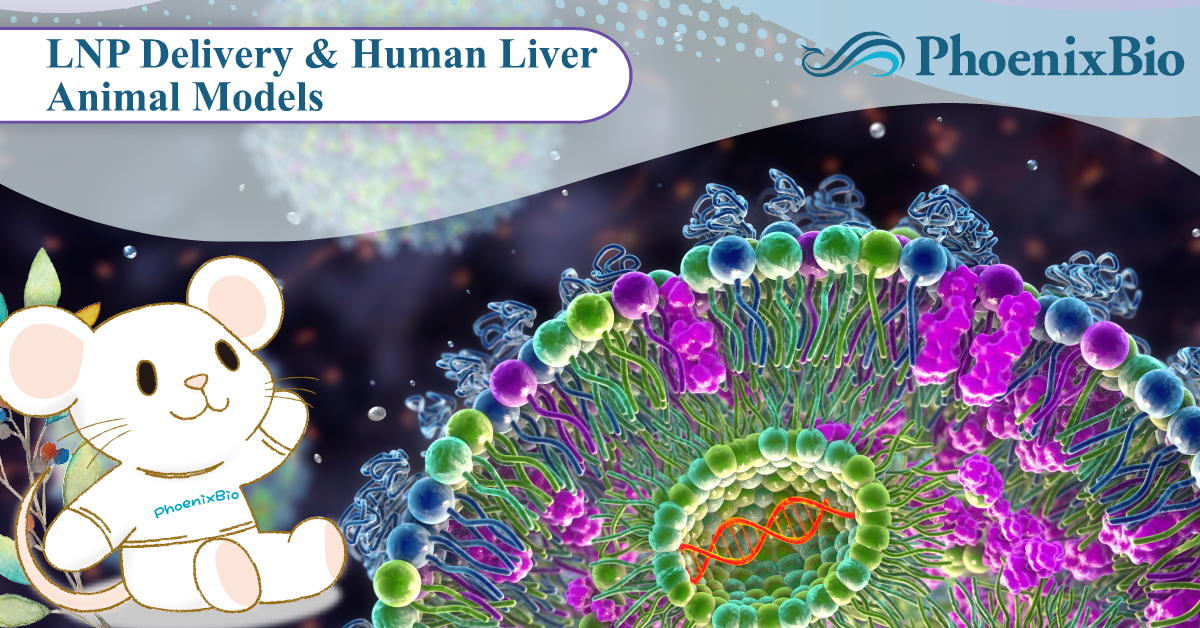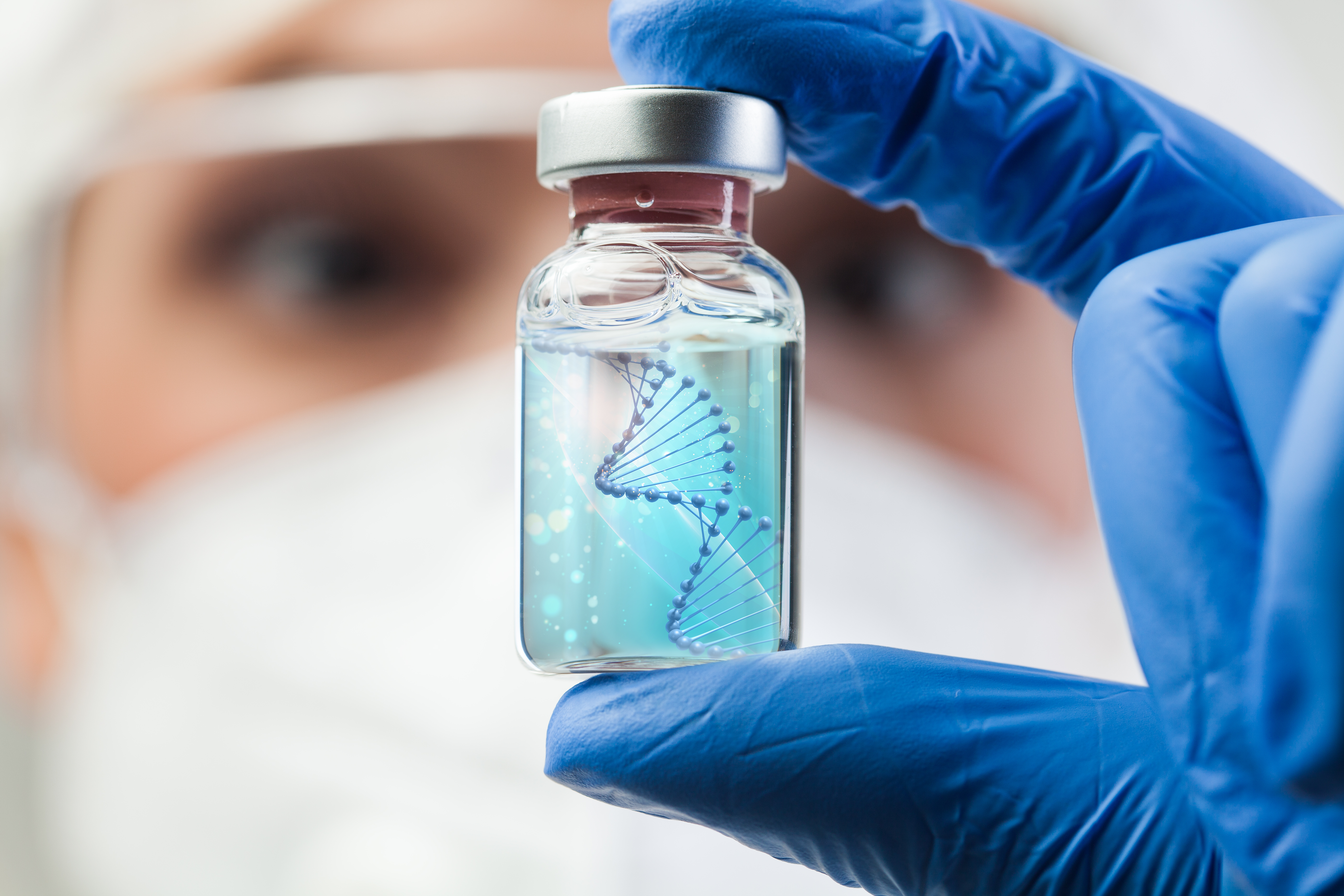1 December 2025
Cryopreserved PXB-cells: enhance in vitro drug development with quality primary human hepatocytes
Late-stage drug failures remain a significant challenge in the clinical development process, resulting in financial losses and wasted resources. That’s why having a reliable, physiologically relevant in vitro model is crucial for building confidence in a therapeutic candidate before progressing to in vivo and clinical studies.







